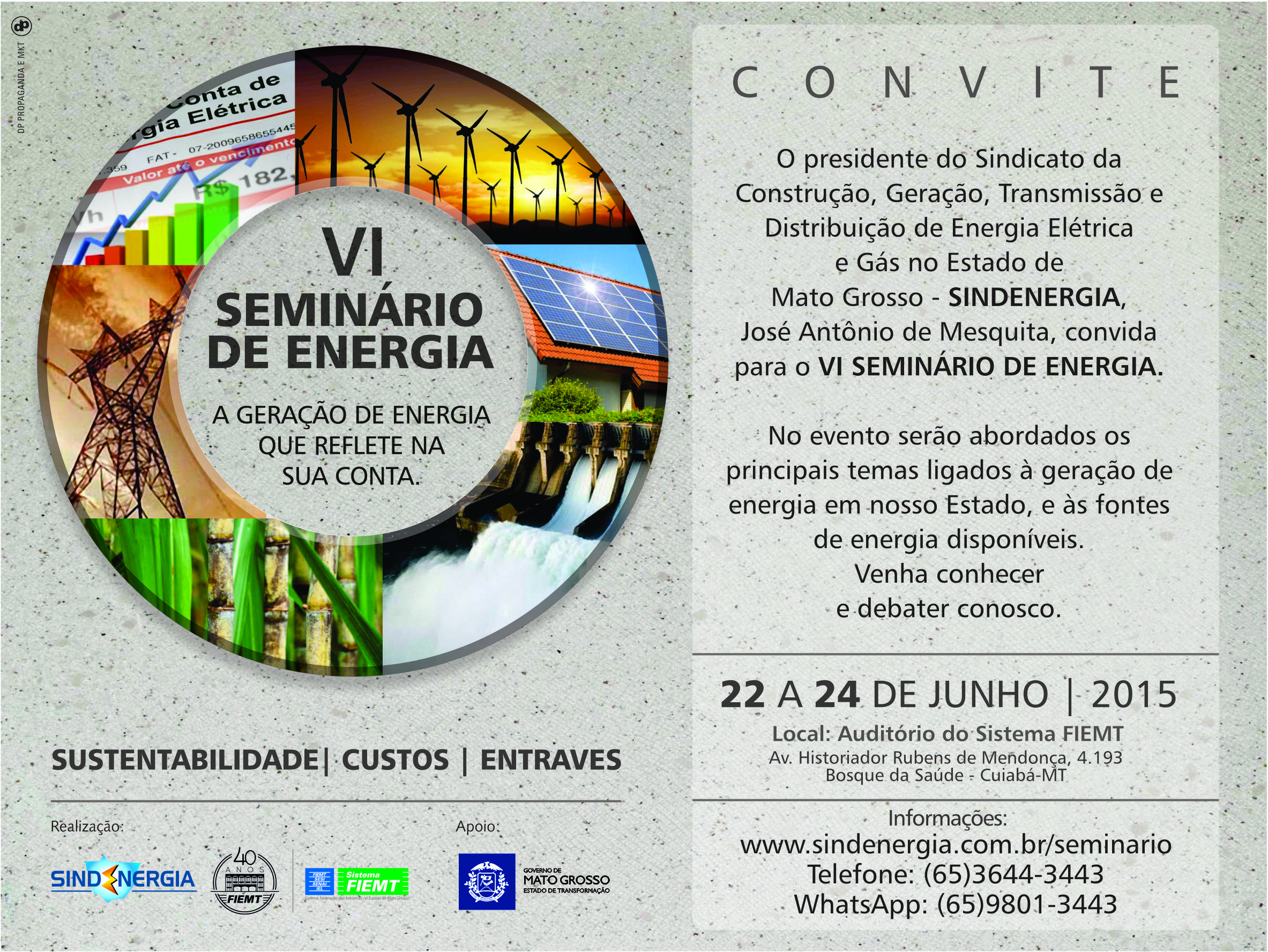Fonte: ANEEL
The Brazilian Electricity Regulatory Agency’s (Aneel) collegiate board approved the public notice today (7/29) for the 7th auction for electric energy from new generation ventures and the respective module for the Commercialization of Electric Energy in Regulated Environments (CCEAR). As determined in Administrative Rule no. 152/2008, the auction will be held August 28 of this year.
The public announcement, the bid timetable and the other documents related to the 3/2008 auction are available starting today at www.aneel.gov.br, at the link: Empreendedor/Licitações/Editais de Geração.
Called “A-
The auction is geared towards projects to expand existing plants, energy importation ventures and new generation ventures of the National Interconnected System (SIN), which will have their respective concession grants or authorizations conditioned upon energy negotiation in the auction. Energy from three new hydroelectric plants will be marketed at the auction: Cambuci and
The buyers will be those energy distribution concessionaires that declared their electric energy purchase needs for 2013 to the MME by last March 10, and who ratified or rectified these declarations by April 29 of this year, according to MME Administrative Rules 83/2008 and 158/2008.
The auction will negotiate 30-year Energy Commercialization Contracts in a Regulated Environment (CCEAR) in quantity* (water source ventures), and 15-year contracts according to availability** (thermoelectric plants and other sources).
Auction systematics is determined in MME Administrative Rule 231/2008. A-5 is stipulated in Law 10.848/2004, Decree 5.163/2004 and MME Administrative Rule 331/2007.
Drafts for the Public Announcement of Auction 03/2008 and the electric energy commercialization contracts were sent to public document hearing from June 25 to last July 9.
*Contract by quantity – considers the amount of energy associated with the plant’s installed power that can be contracted.
** Contract by availability – founded on the possibility of enterprise generation based on the existence of the energy source. In the case of thermoelectric plants, this source can be oil derivatives, natural gas and organic waste. In the case of wind power plants, the wind, and solar plants, the sun.








